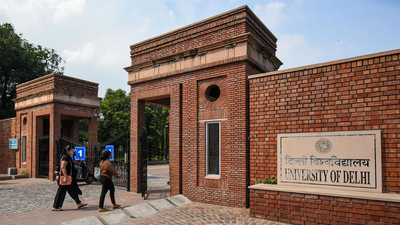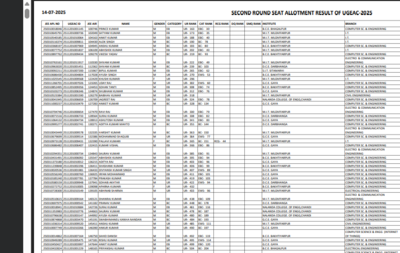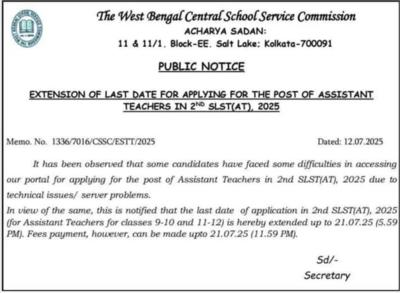Should you pursue Bachelors and Masters separately, or choose a 5-year integrated course? What Class 12 students need to know

Students completing Class 12 face a critical decision regarding their higher education path. Two primary options are available: pursuing a traditional Bachelors followed by a Masters degree, or enrolling in a 5-year integrated programme that combines both degrees in a single course.Each route offers distinct features in terms of course structure, flexibility, cost, and long-term academic or career prospects. Understanding these elements is essential for students and parents planning for higher education.Structure and duration of traditional UG + PG coursesThe traditional route involves two separate phases: an undergraduate (UG) degree followed by a postgraduate (PG) degree. A Bachelors course typically lasts 3 to 4 years, while a Masters degree usually spans 2 years. The total duration ranges from 5 to 6 years, depending on the programme and institution.This option allows students to gain admission into a Bachelors programme after Class 12 and, based on their interests and performance, later apply for a Masters course. The flexibility to choose different universities or disciplines between UG and PG levels is a notable feature of this path.Flexibility and opportunities in the traditional routeStudents pursuing Bachelors and Masters separately benefit from the ability to change institutions and academic streams between the two levels. For instance, a student may complete a BSc in Chemistry and later pursue an MSc in Organic Chemistry or a related specialisation. This path also supports academic and career shifts, such as moving into MBA programmes or emerging fields like Data Science.Entrance examinations such as IIT JAM provide access to top-tier PG institutions. However, the two-step admission process can be time-consuming and may involve additional preparation and costs.Integrated courses and their key featuresIntegrated programmes combine UG and PG studies into a single 5-year course. These begin immediately after Class 12 and are offered by select institutions. Common examples include Integrated MSc and B.Tech–M.Tech degrees.These courses are structured to provide academic continuity and are often research-oriented, making them suitable for students interested in long-term academic or research careers. Studying at the same institute throughout the duration offers stability and continuity in curriculum and mentorship.Limitations of integrated programmesWhile integrated courses can save time and reduce overall costs, they come with limited flexibility. Once enrolled, students are generally required to complete all five years at the same institution, making it difficult to change subjects or universities midway. The lack of variation in academic environment and campus life may also lead to a sense of monotony for some students.Factors influencing the decisionStudents must consider multiple aspects when choosing between the two options. These include the total duration of study, course fees, academic flexibility, long-term goals, and openness to changing disciplines or institutions. Both routes offer recognised qualifications, but differ in structure and academic progression.





